Why Choosing the Right Exfoliation Matters
Exfoliation removes dead skin cells to reveal smoother, brighter skin and helps other products work better. Choosing between chemical and physical methods affects results, sensitivity, and long-term skin health — so this is more than a beauty step, it’s a care decision. This guide is a friendly, expert roadmap to make that choice safely.
You’ll find plain-language science on how each method works, clear benefits and risks, skin-type decision rules, routine design tips, an interactive decision tree walkthrough, and safety troubleshooting with signs to see a professional. Follow along to build a personalized, effective exfoliation plan that fits your skin.
Let’s explore choices so you can exfoliate safely and confidently. Every skin type matters.

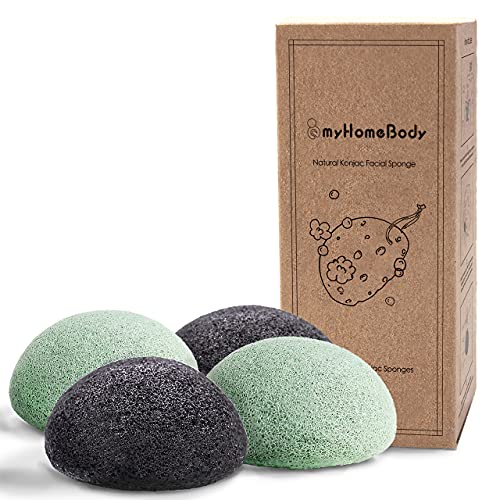

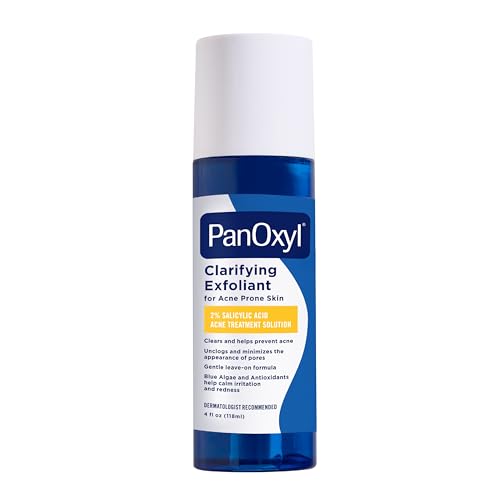
How Chemical and Physical Exfoliation Work: The Science in Plain Language
Chemical exfoliation: acids that dissolve the glue
Chemical exfoliants work by loosening the “glue” between dead skin cells so they shed more easily.
- AHAs (glycolic, lactic, mandelic) are water‑soluble, work on the skin surface, and are great for texture and brightness. They perform best at low pH (around 3–4); the more free acid, the stronger the effect.
- BHAs (salicylic acid) are oil‑soluble, penetrate into sebum-filled pores, and help with blackheads and acne. They also prefer a lower pH for optimal action.
- PHAs (gluconolactone, lactobionic acid) are larger molecules that act more gently, attract moisture, and suit sensitive or rosacea‑prone skin.
- Enzymatic exfoliants (papain, bromelain, pumpkin enzymes) break down keratin proteins on the surface without relying on low pH—useful for quick, mild renewal.
Tip: pH matters because acids must be in their free form to be active—products labeled with concentration and pH are more predictable.
Physical exfoliation: friction, abrasion, and lift
Physical methods mechanically remove dead cells through friction.
- Scrubs with beads, brushes, konjac sponges, and powered devices (e.g., vibrating facial brushes, silicone devices) lift and slough off the stratum corneum.
- Gentle tools—like konjac sponges—provide soft polishing; stiff brushes or jagged granules (walnut shell, apricot pit) can create microtears and inflammation.
Misconceptions & barrier effects
“Natural” or granular doesn’t equal safe some plant-based scrubs are aggressively abrasive. Chemical exfoliants weaken intercellular bonds temporarily to speed turnover; physical methods remove layers immediately. Overuse of either can thin or inflame the barrier, increasing sensitivity and transepidermal water loss.
Onset of results & immediate sensations
- Immediate: smoothness right after use.
- Short term (days–weeks): improved brightness and pore clarity.
- Long term (weeks–months): refined texture, more even tone, and increased cellular turnover.
Common sensations: AHAs often tingle; BHAs can warm or sting in active acne; PHAs and enzymes are milder; physical scrubs may cause temporary redness if too abrasive.
Quick how‑to: patch test new exfoliants, start slowly (1–2×/week), avoid combining strong acids and vigorous mechanical tools on the same day, and always use sunscreen.
Benefits and Risks: What Chemical and Physical Methods Deliver
Quick side‑by‑side: the main benefits
Chemical exfoliation
- Powerful at improving texture and brightness across the face.
- BHAs (salicylic) clear oil‑filled pores and help acne-prone, oily skin.
- Certain AHAs (glycolic, lactic) stimulate collagen over time, smoothing fine lines and tone.
Physical exfoliation
- Immediate, visible smoothing you see and feel silky skin right away.
- Great for targeted polishing (knees, elbows, rough patches) and daily maintenance with very gentle tools.
- Tactile feedback: you control pressure and can focus on problem spots.
Risks and common trade‑offs
Chemical risks
- Photosensitivity (especially higher‑strength AHAs); sunscreen is mandatory after use.
- pH and formulation matter an acid at the wrong pH can be ineffective or unnecessarily harsh.
- Interactions: combining strong acids with retinoids, vitamin C, or benzoyl peroxide can increase irritation or reduce efficacy.
Physical risks
- Abrasive scrubs or stiff brushes can cause microtears, inflammation, and long‑term barrier damage.
- Overzealous scrubbing can worsen sensitivity or trigger breakouts by spreading bacteria.
- Immediate smoothing may mask underlying structural issues that acids address more gradually.
Practical risk‑reduction tips
- Choose concentrations appropriate to experience: start low (e.g., 5–10% AHA; 0.5–2% BHA) and increase slowly.
- Use soft tools (konjac sponges, silicone brushes) and very light pressure; avoid jagged exfoliants.
- Patch test new products; space strong actives apart (don’t acid + retinoid on same night).
- Always rehydrate and repair the barrier with ceramides, humectants, and SPF during the day.
These tradeoffs instant polish vs. gentler structural change help you weigh what matters most. Next, we’ll map these choices to specific skin types and concerns so you can make a tailored decision.
Match It to Your Skin: Skin Types, Concerns, and Decision Rules
Oily / acne‑prone
If your T‑zone is shiny, pores often congested, or you get whiteheads/blackheads, start with a BHA (salicylic acid) at low‑to‑moderate strength. BHAs penetrate oil, unclog pores, and reduce inflammation. Practical rule: begin with 0.5–2% salicylic acid once every other night, then increase frequency as tolerated. Real example: many people swap a cleansing step for Paula’s Choice 2% BHA liquid or a benzoyl peroxide spot treatment when inflamed.
Dry / dehydrated
Prioritize hydration before aggressive exfoliation. Gentle AHAs (lactic acid 2–5%) or PHAs twice weekly can soften flakes and improve water retention. Use creamy formulations and follow immediately with humectants (hyaluronic acid) and a barrier cream.
Sensitive / rosacea‑prone
Favor low‑concentration PHAs (gluconolactone, lactobionic acid) or mild enzymatic exfoliants (papain/pumpkin) used very sparingly. Decision rule: if a patch test causes redness or stinging, stop. Avoid strong AHAs/BHAs and physical scrubs.
Combination skin
Treat by zone: BHA for the oily T‑zone; gentle AHA or PHA on drier cheeks. Use leave‑on acids only on areas that need them and balance with richer moisturizers where required.
Textured or hyperpigmented skin
Short, controlled AHA cycles (5–10% glycolic or lactic, 1–2x weekly) can resurface and brighten. Combine with sun protection and, for stubborn PIH, consider alternating AHA nights with a BHA night for pore clarity.
Mature skin
AHAs help with collagen stimulation and smoothing; start low (5%) and build. Use antioxidant serums and SPF to protect post‑exfoliation gains.
Caveats & supervised conditions
Minimize or avoid exfoliation with active eczema, severe dermatitis, open wounds, recent procedures, or while on isotretinoin/topical steroids—seek professional guidance.
Readiness checklist for increasing strength/frequency
- No active open lesions or burning inflammation
- Patch test passed (48 hours, no reaction)
- Consistent daytime SPF use (non‑negotiable)
- Using supportive hydrators/ceramides to protect barrier
- Ability to pause and step back for 1–2 weeks if irritation appears
Designing Your Routine: Frequency, Strength, and Combination Strategies
How often to exfoliate
- Physical scrubs or tools: 1× weekly for most people; up to 2× weekly only if your skin tolerates it and barrier stays intact.
- Enzymes/PHAs: can be used 2–7× weekly depending on formulation (PHAs are gentler and can be daily for some).
- AHAs/BHAs: start 1–2× weekly, build toward every-other-night or nightly at low concentrations; many people tolerate 2–3× weekly before moving up.
Introduce acids safely
Start low and slow: choose a low concentration, apply once every 3–4 nights for two weeks, then increase frequency. Buffering (apply moisturizer first, then acid) reduces sting without negating benefit. Always use SPF daytime after any acid use.
Alternate versus combine
- Alternate nights when using potent actives: AHA night → retinoid night → BHA night.
- Combine only when both products are low strength or formulations are intentionally compatible (e.g., gentle PHA + low‑strength BHA).
- Avoid stacking strong AHA/BHA + retinoid + benzoyl peroxide on the same night to prevent barrier breakdown.
Safe layering with other actives
- Morning: vitamin C → moisturizer → SPF.
- Evening: exfoliant OR retinoid (not both) → moisturizer.
- If benzoyl peroxide is needed, use in the morning or on separate nights from retinoids/AHAs; BP can oxidize vitamin C.
Progression & escalation
- Wait 4–6 weeks at a tolerated frequency before increasing concentration.
- If irritation appears (redness, burning, flaking), pause 3–7 days, reintroduce at lower frequency, and strengthen hydration/barrier care first.
Sample routines (quick templates)
- Maintenance: AM — gentle cleanser, moisturizer, SPF. PM — enzyme or PHA 2× weekly.
- Brightening: AM — vitamin C, SPF. PM — AHA 2–3× weekly, hydrate nightly.
- Acne control: AM — cleanser, BP spot treatment, SPF. PM — salicylic acid 3× weekly, increase as tolerated.
- Resurfacing: AM — antioxidant + SPF. PM — alternate AHA night and retinoid night; schedule professional peels if plateaued.
Patch test & escalation protocol
- Apply product to inner forearm; wait 48 hours.
- If clear, try a facial “first use” on a small area once, then resume slow schedule.
- Document reactions and allow 4–6 weeks between concentration jumps.
Interactive Decision Tree Walkthrough: A Step-by-Step Path to Your Best Choice
How the tree works
Think of the tree as a short conversation that narrows choices quickly. It asks simple, plain‑language questions, then points to safe, evidence‑based options. Behind the scenes it maps skin type + concern → sensitivity/prescription flags → recommended exfoliant class, concentration range, frequency, and soothing or protective adjuncts (like serums and SPF).
Key questions the tree asks
- What is your skin type? (oily, dry, combination, sensitive)
- What’s your main concern? (acne, texture, pigmentation, aging, maintenance)
- Any recent procedures or prescription use? (peel, laser, isotretinoin, topical retinoid)
- Do you react easily (burning/redness)?
- Do you want a daily vs. weekly routine?
Typical decision paths (real examples)
- Sensitive + hyperpigmentation → gentler PHA or low‑percent AHA (5–8%) once or twice weekly; layer with a calming ceramide serum.
- Oily + acne‑prone → salicylic acid (BHA) 1–2% daily or every other day; pair with non‑comedogenic moisturizer.
- Rough texture, no sensitivity → glycolic acid 8–12% 2–3× weekly, progress slowly.
- Post‑procedure or on isotretinoin → pause active exfoliation; consult your provider.
Flags that stop the tree and prompt care
- Severe widespread blistering, intense pain, fever after treatment → stop and seek urgent care.
- New or worsening rosacea, persistent bleeding, or open wounds → consult a dermatologist before resuming.
- On isotretinoin within last 6 months or recent medium/deep peel → professional guidance required.
Accessibility & user options
The interface offers a “simple mode” that avoids jargon and a “learn more” toggle for definitions and data. Short anecdotes and one‑click product suggestions make it usable at any knowledge level.
Next, we’ll cover troubleshooting common reactions, safety tips, and when it’s time to see a professional.
Troubleshooting, Safety Tips, and When to See a Professional
Quick first-aid: what to do right now
If you get sudden redness, burning, or visible breakdown after exfoliation, act quickly:
- Stop all exfoliation and active serums immediately.
- Gently cleanse with lukewarm water; avoid rubbing.
- Apply a fragrance‑free, barrier‑repair moisturizer (look for ceramides, niacinamide, hyaluronic acid).
- Use a cool compress for comfort; avoid ice directly on skin.
- If a clinician recommends it, a short course of low‑strength topical steroid (hydrocortisone 1%) can calm inflammation — only under guidance.
Common problems and practical fixes
Immediate redness and stinging
- Short-term: cool compress, moisturizer, stop actives; expect improvement within 24–72 hours.
- If swelling or blisters develop, seek care.
Prolonged irritation or flaky peeling
- Reduce frequency to once weekly or pause for 1–2 weeks.
- Rebuild with a gentler acid (PHA/AHA at low percent) or a BHA patch test.
Post‑inflammatory hyperpigmentation (PIH) from over‑exfoliation
- Avoid further irritation; use sunscreen daily to prevent darkening.
- Consider tranexamic acid or gentle vitamin C after healing; discuss topical retinoids with your clinician.
Signs of microtears or infection
- Look for persistent sharp pain, increasing redness, warmth, pus, or spreading streaks — these need prompt professional evaluation.
Critical safety points
- Sunscreen is mandatory after chemical exfoliation — UV exposure worsens damage and PIH.
- Never use aggressive physical scrubs on compromised or thin skin.
- Avoid stacking multiple strong actives (high‑percent AHAs + retinoids + benzoyl peroxide) without a plan.
- Be extra cautious for 2–4 weeks after in‑office peels, lasers, or microneedling.
When to see a dermatologist or aesthetician
See a pro if reactions persist/worsen after 72 hours, you have signs of infection, worsening acne scarring, or you’re considering deep resurfacing. Bring these questions:
- What caused this reaction?
- How long should I pause exfoliation?
- Which treatments (peels, lasers, prescription topicals) suit my goals safely?
Next: Making informed choices and staying safe (Conclusion).
Making Informed Choices and Staying Safe
Both chemical and physical exfoliation can be valuable when chosen thoughtfully. Use the decision-tree mindset: assess your skin type, concerns, and existing sensitivities; start with gentle options; progress slowly; and patch-test new products. Prioritize barrier health by keeping irritation low, moisturising consistently, and using broad-spectrum sunscreen daily.
If unsure, seek professional guidance—dermatologists or estheticians can recommend strengths, ingredients, and schedules tailored to you. Experiment within safe limits, observe how your skin responds over weeks, and adjust accordingly. With patience and attention, you’ll find the exfoliation approach that fits your skin and lifestyle—helping reveal healthier, more comfortable skin over time. Keep notes and photos to track progress and celebrate small improvements along the way.

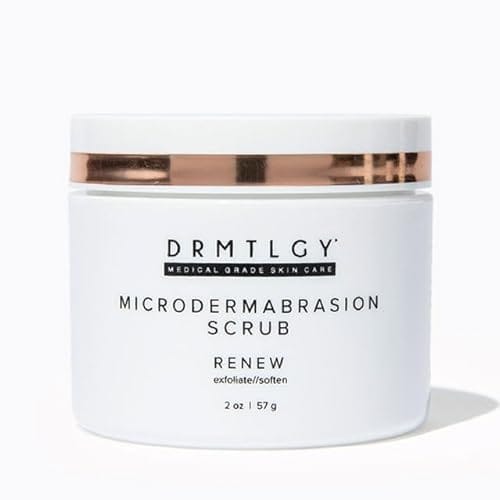
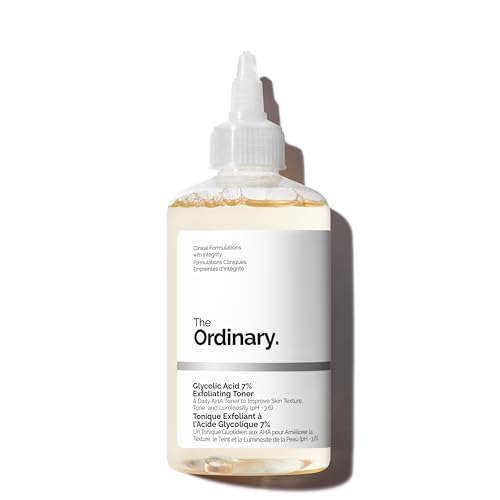






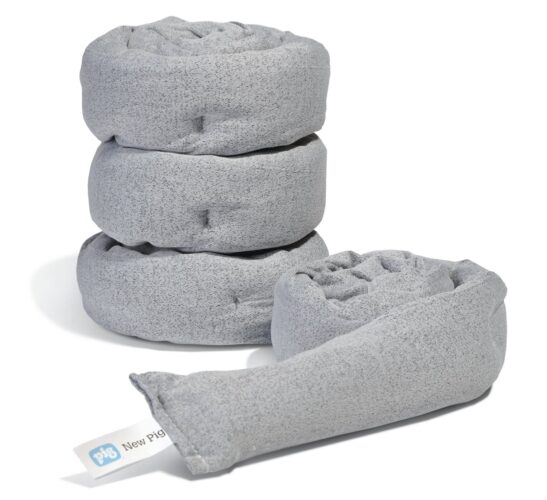
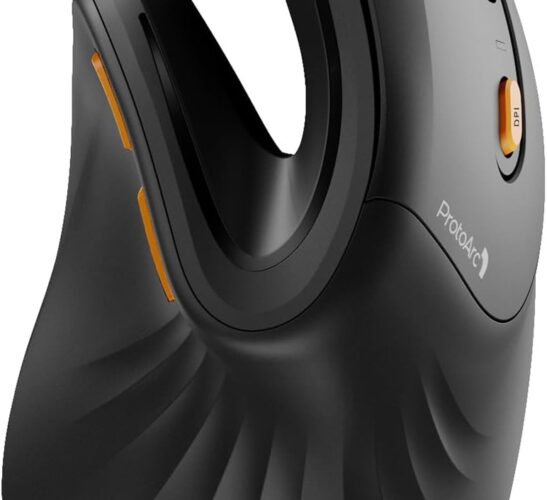
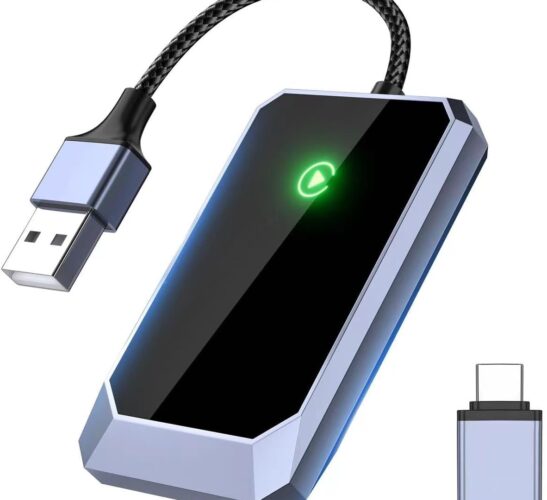


Short and sweet: konjac sponges + gentle salicylic = happy skin for me 😁
Tried DRMTLGY once and it was too much, so be careful. Also love the SPF reminder — forgot one day and paid the price (sunburned cheeks ugh).
Which salicylic product do you use? PanOxyl or The Ordinary oil-soluble serum? Curious about texture differences.
I use PanOxyl in the mornings sometimes, and the Ordinary serum for targeted spots at night. PanOxyl feels more like a clarifying gel; the serum is silky. YMMV 😊
Thanks for the tip, Hannah. That combo is a great low-risk approach. Sunscreen is non-negotiable after exfoliation — appreciate the cautionary tale!
Good contrast, Hannah. The PanOxyl 2% is often a cleanser/exfoliant, while The Ordinary Salicylic Acid 2% Oil-Soluble Serum is meant for leave-on spot treatments — they serve different roles.
Constructive feedback: the decision tree is thorough but felt a little overwhelming on my phone. Maybe add a “start here for beginners” simplified path?
The troubleshooting tips were top-notch though. I like how the article mentions when to see a professional — sometimes you just need someone with actual tools/experience.
Also, would love a printable checklist for frequency/strength based on skin type.
Thanks Ethan — that’s useful feedback. We’re planning a condensed beginner’s flow and a printable checklist for the next update. Glad the troubleshooting tips were helpful.
Agree about the printable! I saved the article but a one-page cheat sheet would be clutch.
Loved the science section — finally something that explains AHAs vs BHAs without sounding like a textbook.
I did want to shout out my experience: I used DRMTLGY Microdermabrasion scrub a few times and it gave an instant glow, but also left my skin red for a day. After that I switched to The Ordinary AHA 30% + BHA 2% peel once and immediately regretted it (rookie mistake).
The decision tree helped me realize I should’ve started with lower strength products like The Ordinary Glycolic Acid 7% or PanOxyl 2% first.
Question: should you ever follow a physical scrub with a chemical peel in the same routine? Seems risky but the article’s combo strategy made me curious.
Also, if you experience prolonged redness or burning after a peel, see a dermatologist — especially with high-strength peels like the AHA 30% + BHA 2%.
Totally agree — did the same and paid for it. Red, peeling, and two weeks of regret. Stick to one exfoliation method at a time and use SPF (Neutrogena Beach Defense SPF 70 is my go-to).
Great real-world example, David — thanks for sharing. Short answer: avoid doing a physical scrub and a chemical peel in the same session. Both remove layers and can dramatically increase irritation and photosensitivity. If you’re transitioning, keep at least 48–72 hours between them and patch-test.
Great walkthrough but I have a specific question: I currently use The Ordinary Glycolic Acid 7% Exfoliating Toner twice a week and the Ordinary Salicylic Acid 2% Oil-Soluble Serum for spot treatment. The decision tree was helpful but I’m not 100% sure about layering. Can I use the salicylic serum the same night as the glycolic toner, or should they be on separate nights? Also worried about irritation since I have sensitive areas around my nose.
I alternate and it’s worked well. Also try reducing glycolic frequency to once a week initially. And moisturizer afterwards helps a lot.
Also, if you decide to use both, cut concentrations or frequency down. The article’s routine design section has sample schedules you can adapt for sensitive skin.
Good question, Olivia. Generally avoid combining AHA (glycolic) and BHA (salicylic) in the same session if you have sensitivity — it can be done for some people but increases irritation risk. Try alternating nights: glycolic one night, salicylic the next, and monitor. Patch-test first on your jawline.
Okay, real talk: the microdermabrasion scrub sounded boss until I looked like a tomato. 😂
Why do we keep thinking more exfoliation = better skin? The benefits/risks section nailed it, but the temptation is real.
I did try PanOxyl 2% Salicylic Acid Clarifying Exfoliant after the redness calmed and it helped clear clogged pores without making me look like I got punched in the face. YMMV of course.
And remember sunscreen after any exfoliation: chemical or physical increases photosensitivity. Recommend using a high-SPF like the Neutrogena SPF 70 mentioned in the article after daytime exfoliation.
You’re not alone, Mark. Many people see faster results with harsher methods and forget the recovery. The troubleshooting and safety tips section emphasizes gradual introduction and patch-testing — that’s the safest route.
Hahaha same 😂 I thought I was doing a spa day and ended up with a disaster. Salicylic acid saved me too — way less drama than gritty scrubs.
Curious — how long did you wait before using PanOxyl after the scrub? I’m paranoid about mixing stuff.
Also depends on skin sensitivity. If you scar easily, avoid aggressive physical methods. Microderm scrubs can be fine if used infrequently and gently.
Appreciate the balance in the Benefits and Risks section — so many pieces push harsh treatments like they’re a magic bullet.
Two small points: (1) frequency guidance should emphasize seasonal changes (drier months = less frequent exfoliation) and (2) re: ‘When to see a professional’ — add a short list of red flags (blistering, persistent burning, darkening/scarring) that definitely mean see a derm.
Otherwise, the interactive decision tree walkthrough was actually fun to click through and taught me that I need better sunscreen habits (Neutrogena Beach Defense SPF 70, noted).
Agree with seasonal callout. I exfoliated more in summer and then my cheeks turned flaky in winter — learned the hard way.
Good community point: adjust frequency with humidity and skin response. And yes, always pair exfoliation with a high-SPF sunscreen when you’re out in the daytime.
Thanks Michael — excellent suggestions. We did mention seasonal variation but can make it more prominent. We’ll also add that red-flag checklist to the safety section.
This article convinced me to try gentle methods first. Bought the myHomeBody Konjac Facial Sponges Set of Four and honestly they’re so nice for morning rinses.
I pair them with a salicylic cleanser once or twice a week and then slather on Neutrogena Beach Defense SPF 70 before going outside.
The section on matching to skin type was super practical — I have combo/oily skin and the decision tree pointed me to salicylic acid options which worked well.
Thanks Sophie — glad the konjac sponges worked for you. They’re great for physical, very gentle exfoliation. And yes, pairing with salicylic acid can be a good combo for combo/oily skin, just watch frequency.
I use konjac sponges too. Cheap, effective, zero drama. Pro tip: replace them every 6–8 weeks to avoid bacteria build-up.